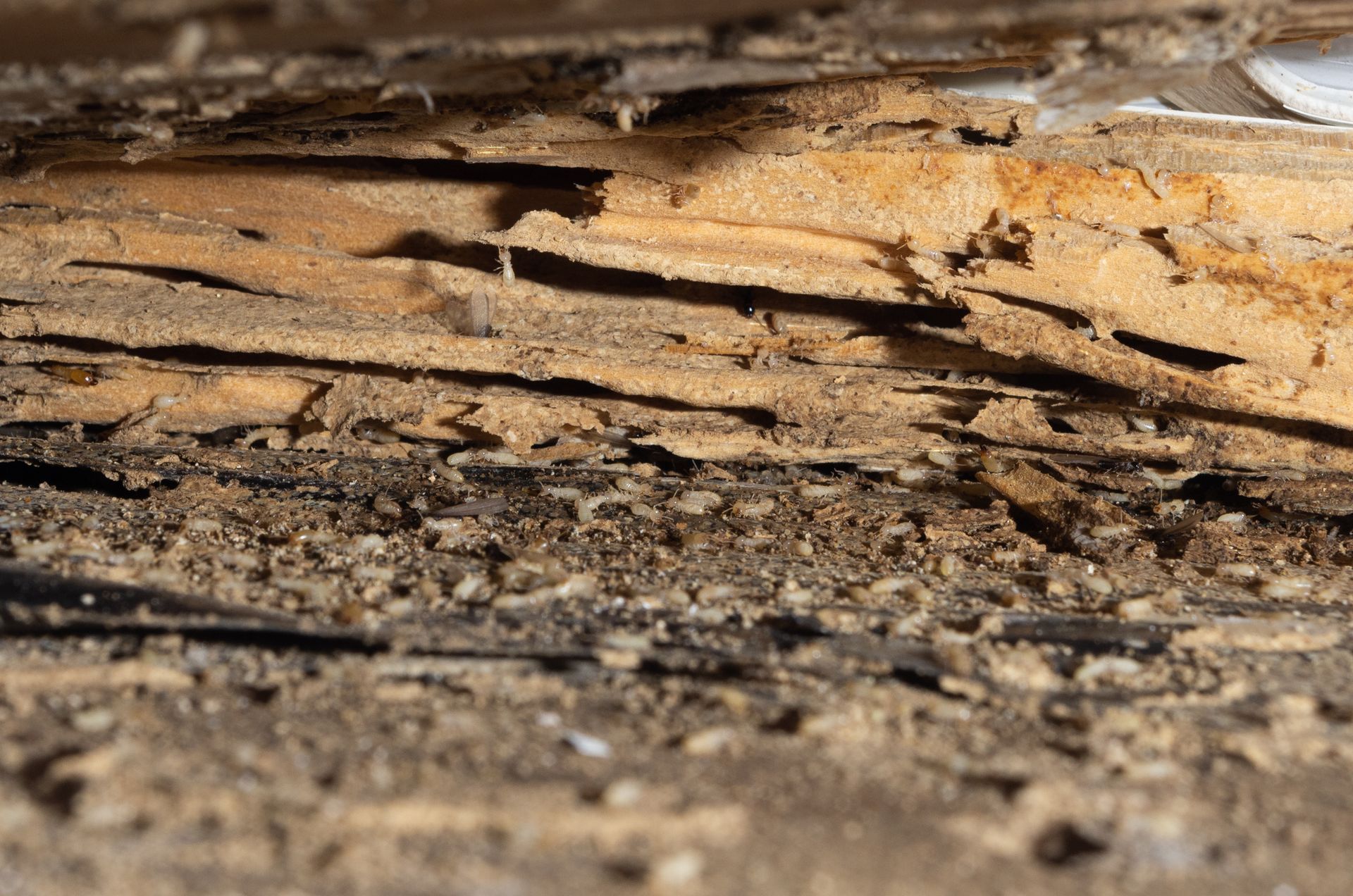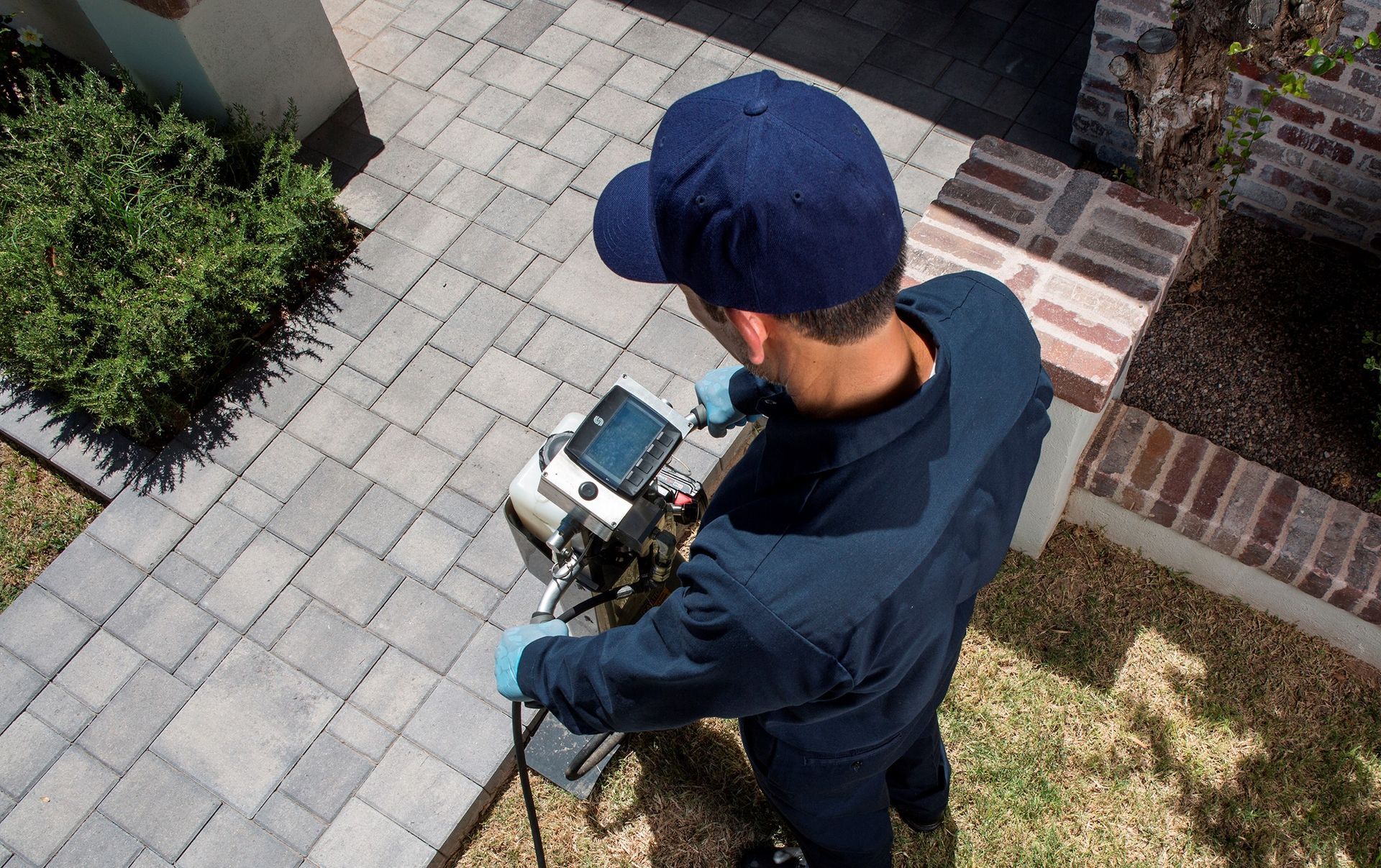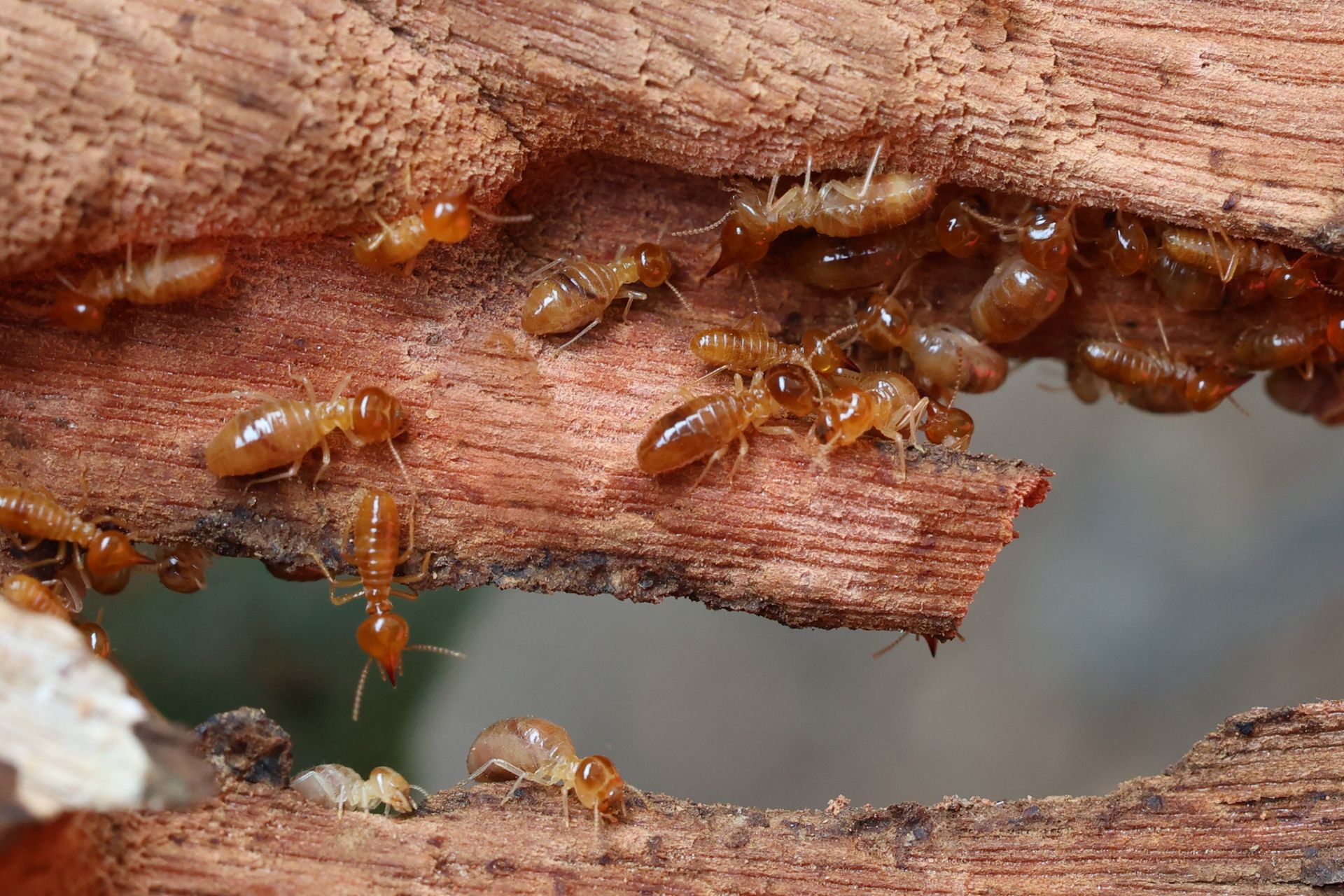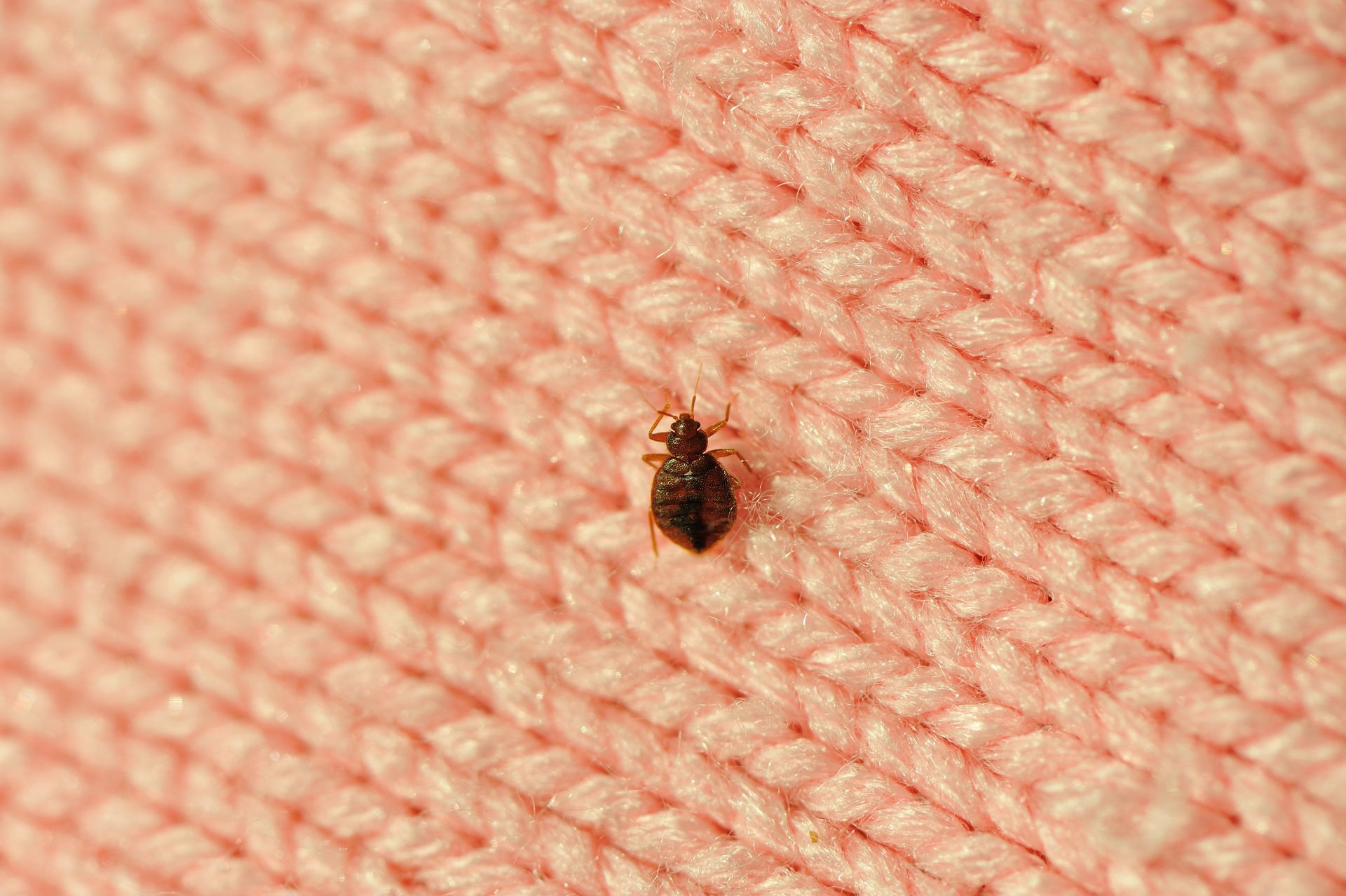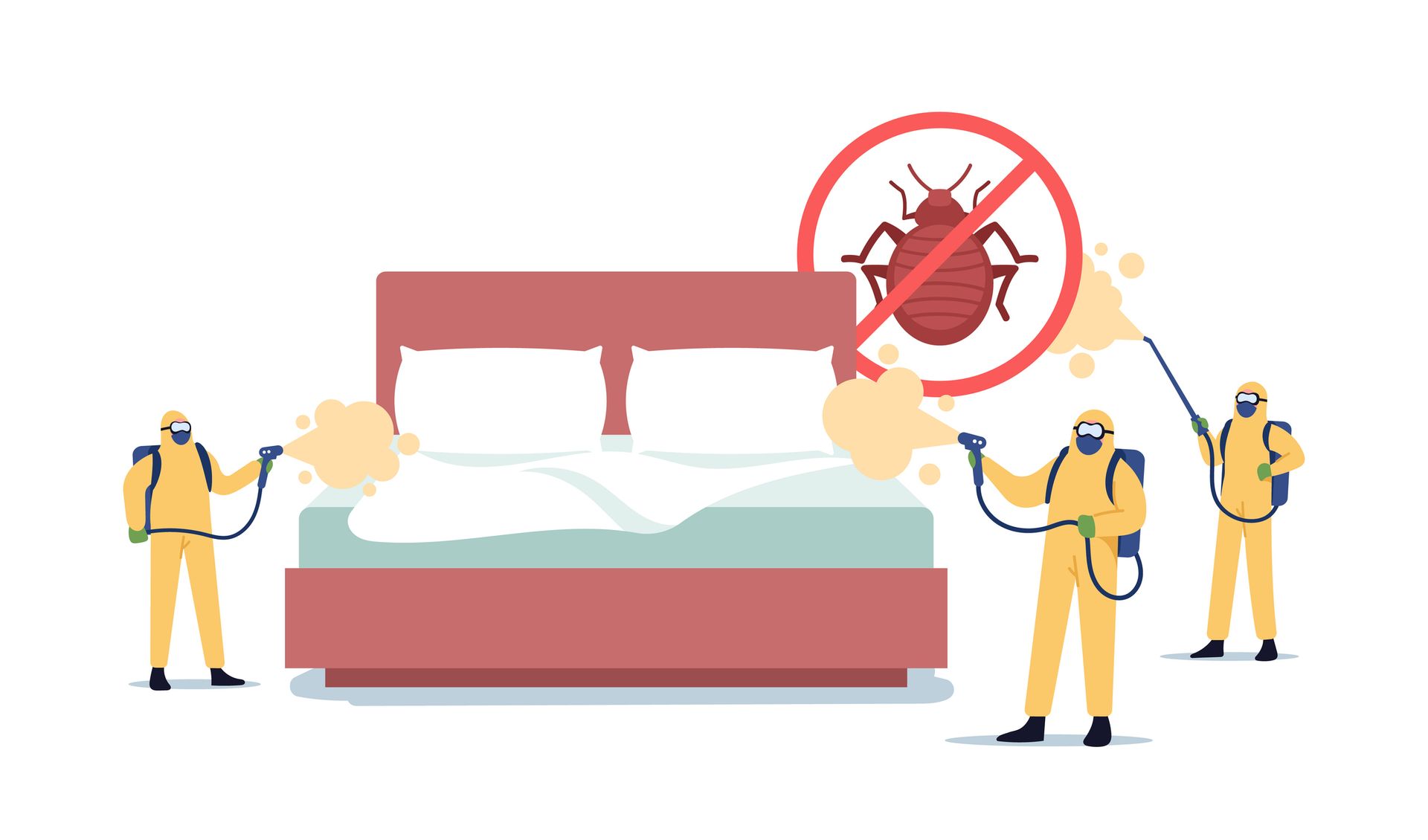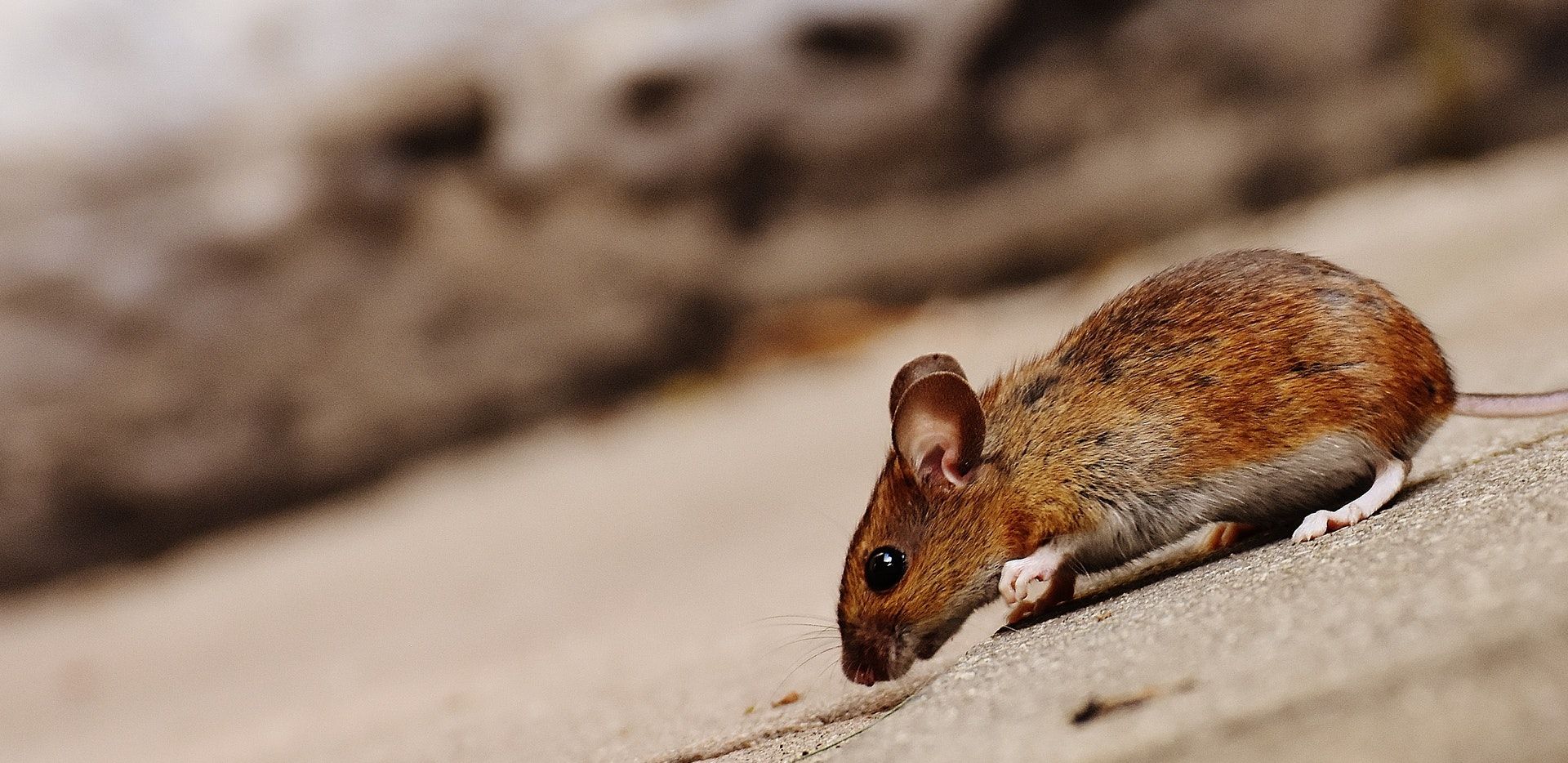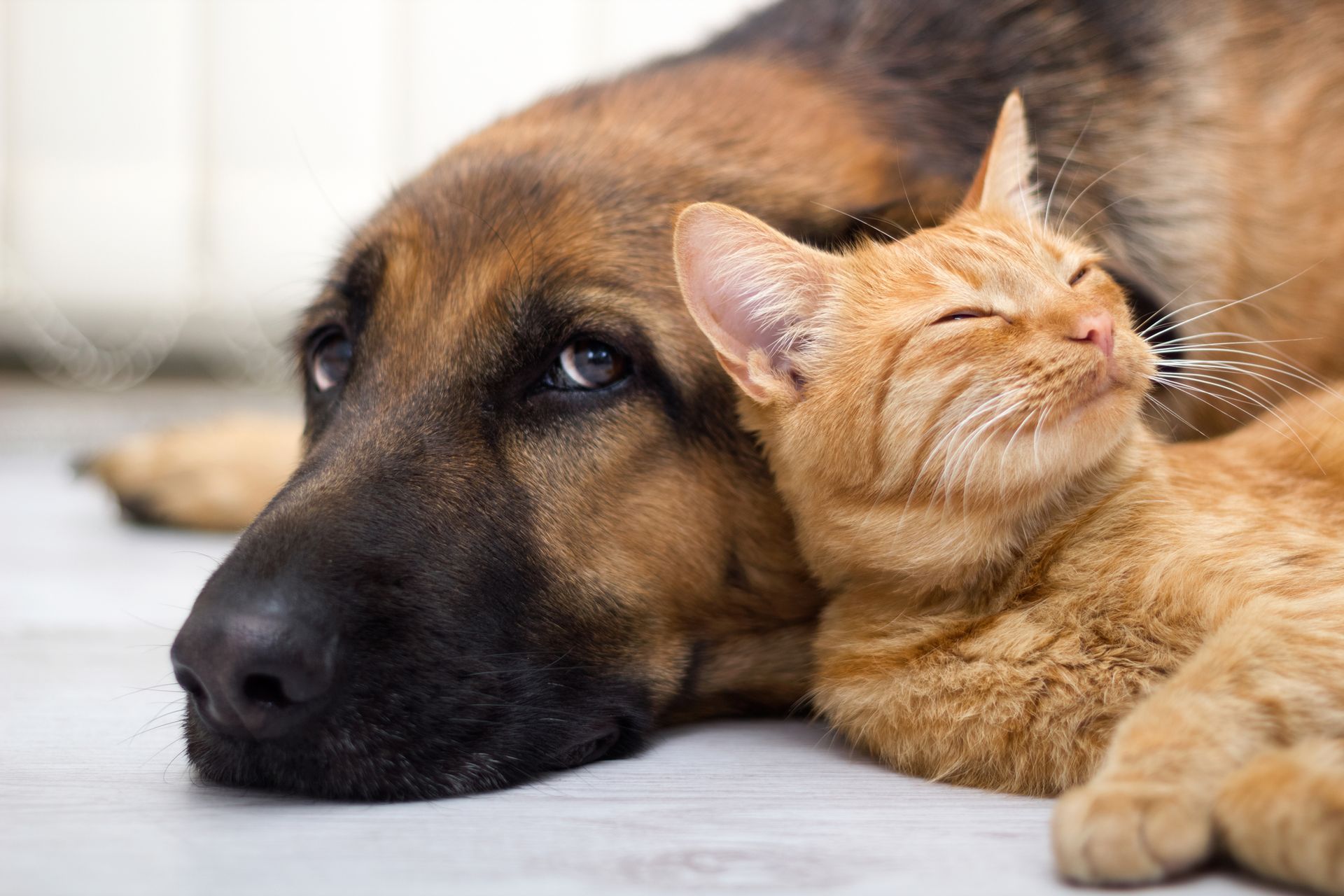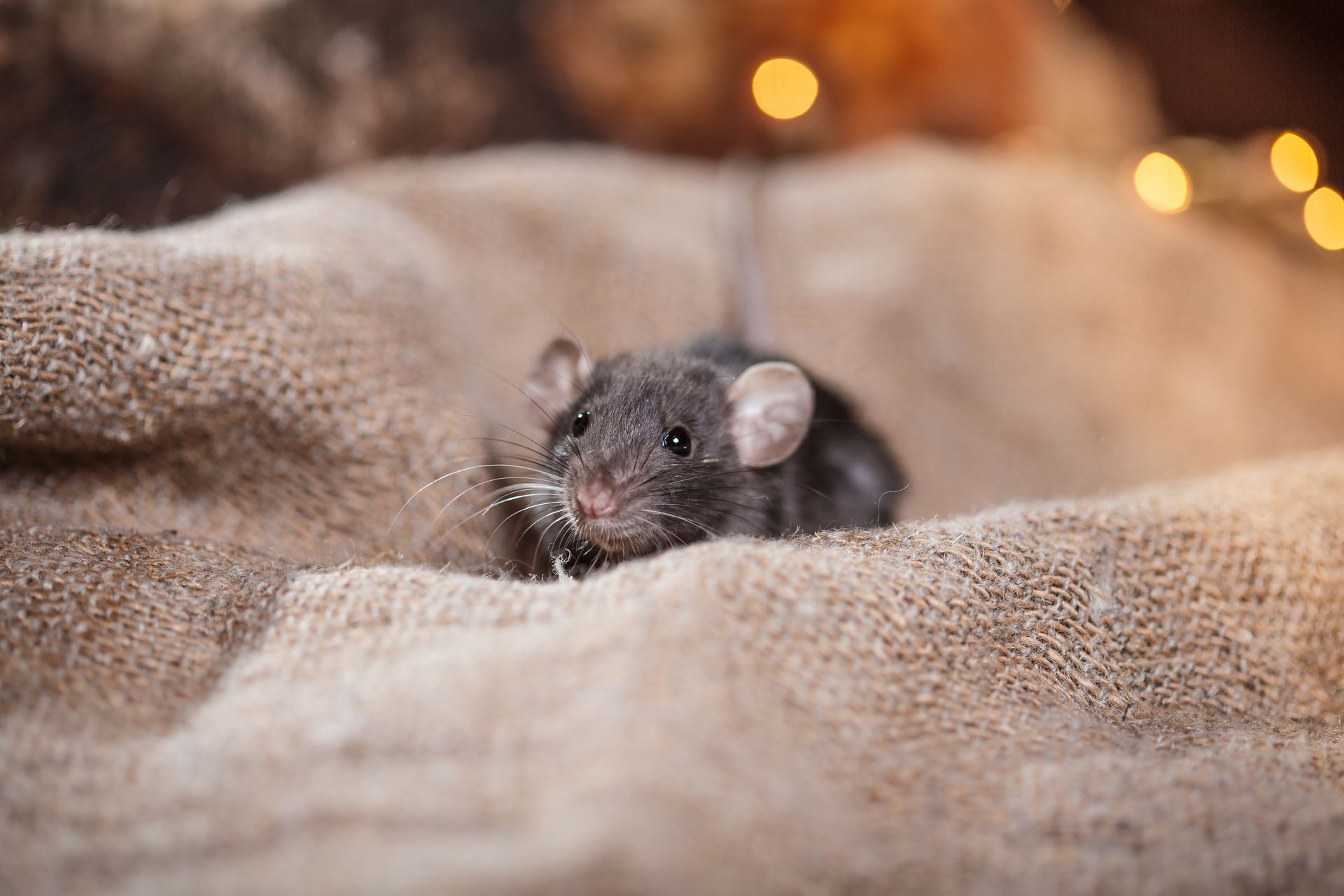WHAT IS THE DIFFERENCE BETWEEN CLEANING AND DISINFECTING FOR COVID-19?
For months, families around the country and the world have been taking extra precautions for cleaning and sanitation to better protect against the spread of COVID-19, or SARS-CoV-2. These public health measures include washing and sanitizing your hands frequently, wiping down commonly used surfaces like doorknobs, staying six feet apart (minimum), and wearing masks to stop the spread of virus-carrying droplets.
But personal measures are just that--personal. And they’re imperfect. No matter how many times you wash your hands or how carefully you keep your mask on, germs can still spread within your home. Additionally, accidents happen and unintended exposures can occur. In situations like these, it’s important to take steps to properly disinfect your home.
Areas of Your Home to Focus on While Disinfecting
There are several areas that see particularly high levels of human contact. When cleaning and disinfecting for COVID-19, pay special attention to these.
What Can You Use When Disinfecting Your Home
To properly disinfect your home, you can use any number of products. When shopping for a disinfectant, choose a multi-purpose cleaner that specifically mentions the word “disinfect” on the label. It’s also a good sign if the product mentions killing bacteria (most products advertise that they kill 99.9% of bacteria). You may want to invest in different cleaning products for different surfaces--some will be best for counters and handles, while others will be safe for use on wood. You can also create a disinfecting solution with bleach, but make sure to dilute it (a half cup of bleach per gallon of water) and don’t mix bleach with any other types of cleaning products.
Make sure that you follow the instructions on disinfectants’ labels. Many will instruct you to leave the solution on a surface for a period of time so that the chemicals have time to break down and kill bacteria.
Why Cleaning Your Home Isn’t Enough
What is the difference between cleaning and disinfecting, anyway?
Cleaning refers to the use of soap and water to remove surface debris and gunk. Think about wiping down the kitchen counters for food crumbs or vacuuming the floors for hair, dust, and dirt. While cleaning removes particles and the friction of cleaning removes some bacteria, it usually doesn’t target the microbes smaller than the eye can see.
To disinfect a surface, you need to use a product specifically labeled for that purpose. Disinfectant products are formulated to target germs and other microbes. Many disinfectant products will have a tagline boasting that they kill 99.9% of germs, or something similar to that.
Because SARS-CoV-2, or COVID-19, is a virus, its particles are even smaller than bacteria. It clings to droplets, which means that transmission via surfaces is not as common as it is when an infected person comes into close contact with a healthy one. Still, disinfecting surfaces is important to remove as much risk as possible. Thoroughly disinfecting surfaces to eliminate droplets that might carry COVID-19 particles is a necessary step because cleaning with soap and water alone won’t kill the virus.
We Offer Residential and Commercial Disinfecting Services
Though you can take many measures to disinfect your home or other property on your own, you may want the additional attention to detail and peace of mind that comes with hiring a professional disinfecting service. At Pass Pest, we offer disinfecting services from trained professionals for commercial and residential spaces!
When you trust Pass Pest as your disinfecting company, you’ll receive the highest-quality disinfection possible. We use electrostatic foggers and antiviral wipes which create an antimicrobial coating on surfaces of your home. This coating, applied with the BioProtectUs™ technology, is a highly effective but safe invisible shield that’s even approved for use on food preparation surfaces. It not only eliminates current bacteria (including disinfecting for COVID-19 as well as many other bacteria and viruses) but also continues to inhibit the growth and spread of bacteria for 90 days.
Even one application of the BioProtectUs™ antimicrobial coating has been shown to eradicate COVID-19 particles on surfaces for long periods of time. The products we use are listed on the EPA’s List N--the official list of disinfectants approved to eliminate SARS-CoV-2. Yet they’re also safe for children and pets to come in contact with.
Especially now, with transmission at record highs, it’s important to take as many precautions as you can to stop the spread of COVID-19. If you’re ready to invest in professional protection from SARS-CoV-2 in your home or business, give us a call at 812-575-4244.


